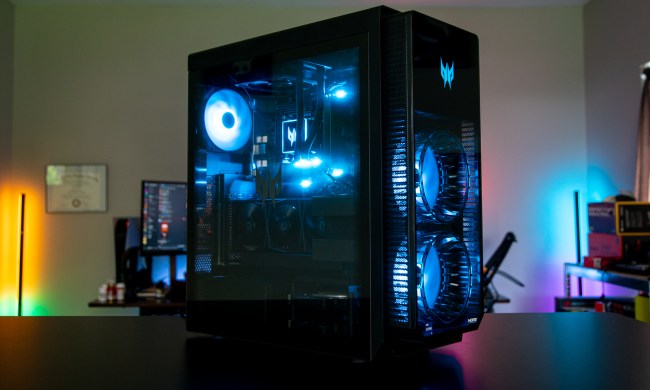 We just got through saying that Groupon spinoffs were getting a little out of control, and now AT&T will be getting in on the daily deals market. YellowPages, a subsidiary of the network, will begin its discount site for local businesses next month, starting with Atlanta, Los Angeles, and the Dallas Fort-Worth area. And to win your patronage as soon as possible, customers that sign up today get a $10 credit for future use.
We just got through saying that Groupon spinoffs were getting a little out of control, and now AT&T will be getting in on the daily deals market. YellowPages, a subsidiary of the network, will begin its discount site for local businesses next month, starting with Atlanta, Los Angeles, and the Dallas Fort-Worth area. And to win your patronage as soon as possible, customers that sign up today get a $10 credit for future use.
AT&T is the latest in a long line of seemingly unrelated companies creating daily discount platforms. The New York Times, Google, and Facebook are among the many companies trying to play catch-up with the likes of Groupon and LivingSocial, and their motivation is understandable: The daily deals market has exploded and revenues could be in the billions within the next few years.
Launching the deal-a-day site under its YellowPages property makes sense. AT&T offering the deal would be confusing and pointless at best. Daily discounts from a carrier is about as uninteresting as it could be. and easily confused. But YellowPages exists primarily as a database for business contact information and search – and what better way to make such an outdated site more profitable than by tying it to one of the Internet’s fastest growing markets? YellowPages and similar websites are struggling to compete with platforms like Google Places, as Groupon and its spawn have made local businesses hot commodities.
Keep an eye out for YellowPages deals, which will soon expand.


